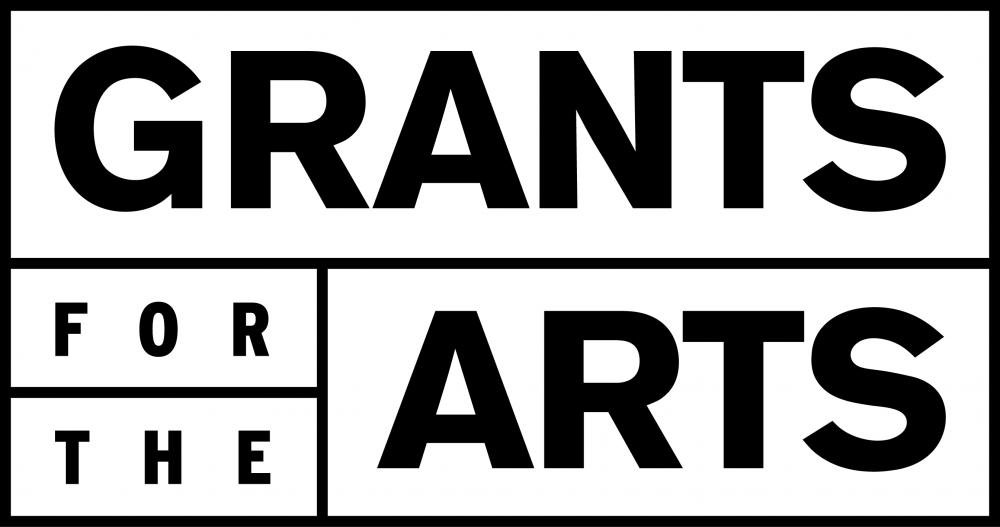Stacey Pelinka’s playing has been praised not only for its beautiful tone luscious, liquid and fluid, but also for its exquisitely focused and precise pacing, gracefulness and poise. -- San Francisco Classical Voice.
That’s not surprising. Movement and music are both important for Stacey.
For as long as she can remember, Stacey was interested in the arts, all of them. She read children’s books about the arts and became captivated by those about ballet dancers. Just like the girls in the books, she imagined herself wearing beautiful ballet shoes, having a successful career and growing up to be independent and self-supporting.
Stacey lived in Sunnyvale, went to public school in Cupertino, and rode the train to San Mateo (doing her homework en route) in order to take ballet lessons from a former Joffrey dancer in a small but professional ballet school. She went as far as she could, but apparently Stacey didn’t have the “right” kind of body. When she was about 15 years old, she was told, “It was not really going to happen.”
Luckily, she had been playing the piano and flute since she was 9 years old. From the very beginning she could make a note on the flute. She knew that was impressive, but somehow it didn’t impress her. She describes herself as having been a dilettante, one who did everything and took nothing seriously.
After high school, still unsure about what she wanted to do; she decided to try something completely different. Maybe she could be an academic. When she discovered that the music library at Cornell had letters written in Polish, by Chopin no less, off she went, across the country to Ithaca. She was pretty homesick the first year, but it got better even though it became apparent that academia and she were not the right fit.
By chance, Stacey was the only flute player in the department. Whenever a flutist was needed, she was it. Soon she found herself playing the flute all the time. She wasn’t sure about her technique and knew she would have some catching up to do if she wanted to play the flute professionally, but that didn’t deter her. She was sure that playing the flute was what she wanted to do. She didn’t even weigh the pros and cons of being a professional musician. She knew it was her vocation. To her, it seemed that music and the flute had chosen her.
After returning to California, Stacey met Lisa Byrnes, another flutist. They played together in orchestras and became good friends. Lisa was one of the founding members of Left Coast, and Stacey attended a Left Coast concert to hear her friend play. She came away impressed by the musicianship of the group and its programming. She liked that the pieces in Left Coast’s concerts were organized around a theme. When Lisa left for Salt Lake City to join the Utah Symphony Orchestra, Stacy started playing with Left Coast.
Quite soon after she began playing with Left Coast, Stacey played two of the pieces she’s playing on tonight’s program ---Takemitsu’s Toward the Sea and Crumb’s Voice of the Whale. She likes them both. “Each is very beautiful in its way. The Takemitsu is gentle, evocative and perhaps the more serious of the two.” She describes the Crumb as being quirky. “It requires extended techniques: the players sing; play harmonics that evoke sounds from long-ago eons; wear black masks; and are immersed in blue light”---as if they were whales themselves. ”The score is filled with extensive notes for the players and is, itself, graphic and beautiful. Each page of the score could be a work of art.”
A page from Crumb’s Vox Balaenae (Voice of the Whale) score
Source: http://blogs.houstonpress.com/rocks/2011/10/george_crumb_a_gallery_of_biza.php?page=2
When Stacey began studying the Feldenkrais Method in 1994, movement re-entered her life. The goal of the method is to help people become more aware of themselves by teaching them how to focus on the ways they move. In 2005, she became a professional Feldenkrais teacher. On her Feldenkrais website site, she writes, “Everyone – from a small child with cerebral palsy to a master musician – has the potential to change and improve…. A Feldenkrais lesson is not a passive experience….The practitioner [creates} an environment in which the student actively learns…. Learning takes place at both intellectual and sensory levels, much as it does for an athlete and musician.” Moshe Feldenkrais, a physicist, engineer, cartographer, inventor, and black belt in Judo developed the method to help him recover from a jiu jitsu injury. He is often quoted, and apparently he once proclaimed, “Movement is life.” Below is an anecdote about Stacey’s playing that, in a sense, supports that claim.
A reviewer described a piece for solo flute played by Stacey as one without “much music to wring from an eight-minute series of unpitched blowing, with occasional microtonal bending, or tones that land somewhere in the nether realms between the 12 pitches in the chromatic scale piece. It is an abuse of an audience’s patience. Either you work hard to stay with it or you zone out, or meditate.” But, it “does have a nearly imperceptible pulse” that was made “abundantly clear by Stacey Pelinka’s control of pacing. “The result was revealing. The on/off alternations …became salient…and the windy non-tones infused the gentle waves of sounds and silence…. The pulse that emerged…transcended the flute altogether and became a metaphor for life.” (Jeff Rosenfeld, San Francisco Classical Voice)
Author: By Marilyn Zivian, Member, LCCE Board of Directors. Based on an interview with Stacey Pelinka in December 2012.











